Sassafras Oil -Safrole Oil
€250.00 – €1,200.00
Safrole is an organic compound with the formula CH2O2C6H3CH2CH=CH2. It is a colorless oily liquid, although impure samples can appear yellow. A member of the phenylpropanoid family of natural products, it is found in sassafras plants, among others. Small amounts are found in a wide variety of plants, where it functions as a natural antifeedant. Ocotea pretiosa, which grows in Brazil, and Sassafras albidum, which grows in eastern North America, are the main natural sources of safrole.
Description
Sassafras Oil, Natural (DEA List I Chemical), also known as shikimol, is used as a precursor in the synthesis of the insecticide synergist piperonyl butoxide. Ungraded products supplied by Spectrum are indicative of a grade suitable for general industrial use or research purposes and typically are not suitable for human consumption or therapeutic use.
- Size: 100mL
- Manufacturer: Spectrum Chemical
- Catalog Number: SA140
- CAS #: 8006-80-2
There are two important sassafras oils of commerce: Brazilian sassafras oil, obtained from the trunk wood of Ocotea pretiosa, and Chinese sassafras oil from Cinnamomum camphora. Both contain 80 percent or more of safrole.
True sassafras oil, from the roots of North American Sassafras albidum, is no longer produced commercially, although it was once the main flavor constituent of “root beer”. Its use for such purposes, and in other foods and drinks, has been banned for some years because of fears of health risks associated with the consumption of safrole.
Only Brazilian and Chinese oils are discussed here, together with oils from Piper species, which show considerable promise as an alternative, sustainable sources of safrole.
Sassafras oil was formerly used in numerous household fragrance applications such as floor waxes, polishes, soaps, detergents and cleaning agents. Its ability to blend with other oils and its powerful masking properties made it valuable for such purposes.
However, the principal use today is as a raw material for the isolation of safrole. This is then converted by the chemical industry into two important derivatives: heliotropin, which is widely used as a fragrance and flavouring agent, and piperonal butoxide (PBO), a vital ingredient of pyrethroid insecticides. Natural pyrethrum in particular would not be an economical insecticide without the addition of PBO as a synergist and the future of the natural pyrethrum industry is linked to the continued availability of PBO.
WORLD SUPPLY AND DEMAND TRENDS
Markets
Excluding the People’s Republic of China, for which consumption levels are not known, demand for sassafras oil is estimated to be around 2,000 tonnes annually. Most of this is destined for heliotropin and PBO manufacture, the two outlets taking approximately equal amounts of oil.
Exports of sassafras oil from Brazil for the period 1986-90 are given in Table 5, which also shows the destinations for the two years 1986 and 1987.
Japan, Italy, and the United States are the most important markets for oil (the latter being the largest market for applications other than derivative manufacture). These countries, along with some other minor manufacturers, then export heliotropin and PBO worldwide. Brazil has some manufacturing capacity for both heliotropin and PBO (equivalent to about 500 tonnes of sassafras oil) although a shortage of domestically produced oil has led to it importing some Chinese oil.
The demand for sassafras oil is determined by the markets for heliotropin and PBO. Heliotropin consumption is increasing, particularly in Eastern Europe, Asia, and some developing countries, and sassafras oil is the preferred raw material for its manufacture. If supplies of the oil become tight, however, or its price rises markedly, then synthetic heliotropin would become more attractive.
Demand for PBO, both in conventional pyrethroid insecticides and in other insecticidal outlets now being developed, is also increasing but, in this case, the possibility of utilizing synthetic PBO to make up any shortage of sassafras oil-derived PBO is less attractive economically. The overall prospects for a sassafras type of oil are therefore very good.
Supply sources
More than half the sassafras oil currently entering world trade originates from the People’s Republic of China. While this is likely to remain the case in the near future, Chinese domestic requirements for the oil will increase as technology for the manufacture of PBO is acquired and added to that which already exists for heliotropin production. This, together with supply difficulties caused by the destructive nature of production from wild C. camphora, means that in the longer term there are likely to be increasing amounts of sassafras oil diverted from exports to internal use.
Up until the 1960s, Brazil was the major exporter of sassafras oil. Production has declined since then as a result of depletion of the natural resource from which it is obtained, wild O. pretiosa in the Mata Atlantica areas of southern Brazil. Restrictions imposed on the felling of the trees in the late 1980s have resulted in a further decline in production and this is illustrated by the falling level of Brazilian exports (Table 5).
Since 1990, Viet Nam has been exporting sassafras oil. Current exports are believed to be of the order of several hundred tonnes pa, but with reliance, again, on wild trees (C. camphora), it is expected that supplies from this source will be relatively short-lived.
The current dependence worldwide on the unsustainable exploitation of wild forest trees means that supplies from these sources will progressively reduce.
Additional information
| QUANTITY | 3 liters, 5 liters, 10 liters, 20 liters, 30 liters, 50 liters |
|---|

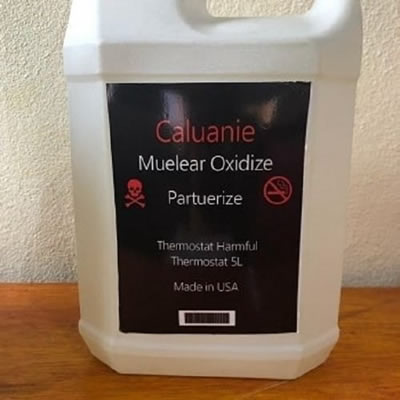
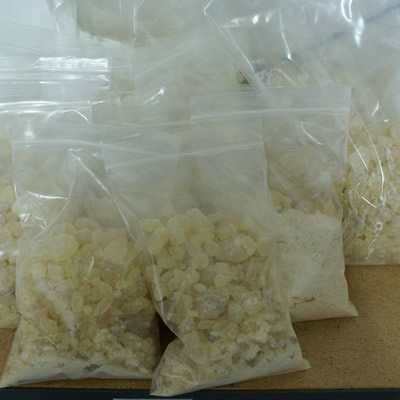
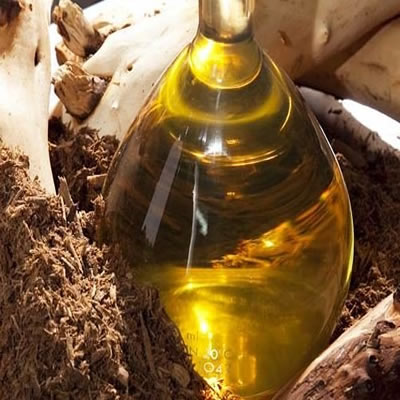
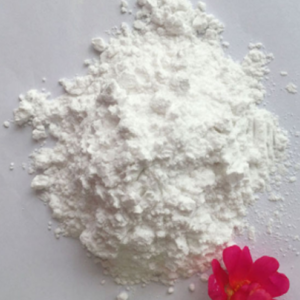
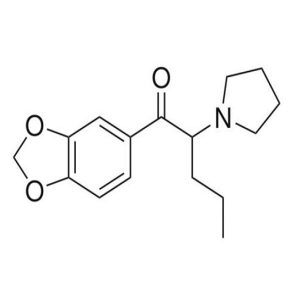
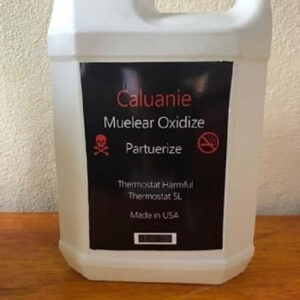
Reviews
There are no reviews yet.